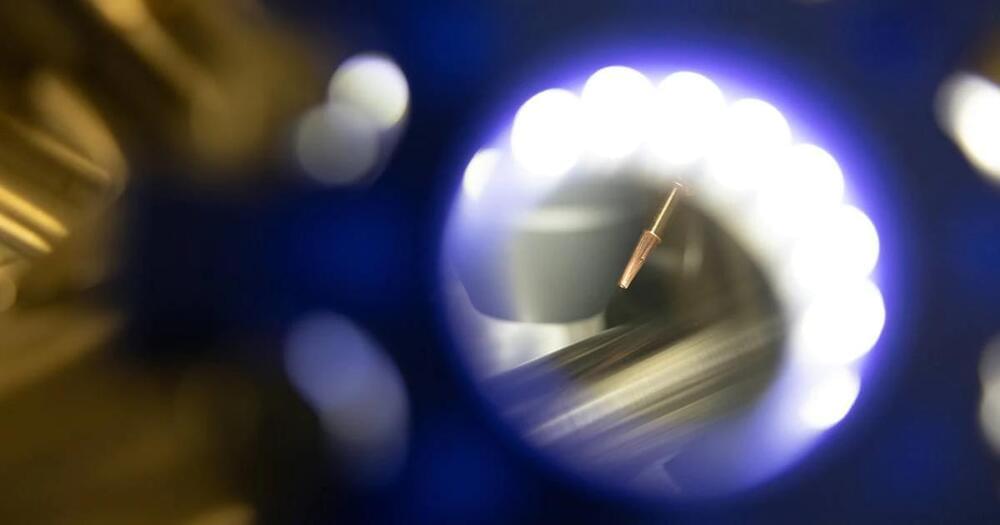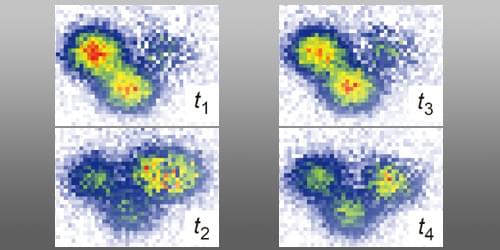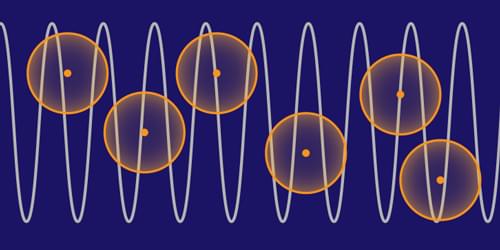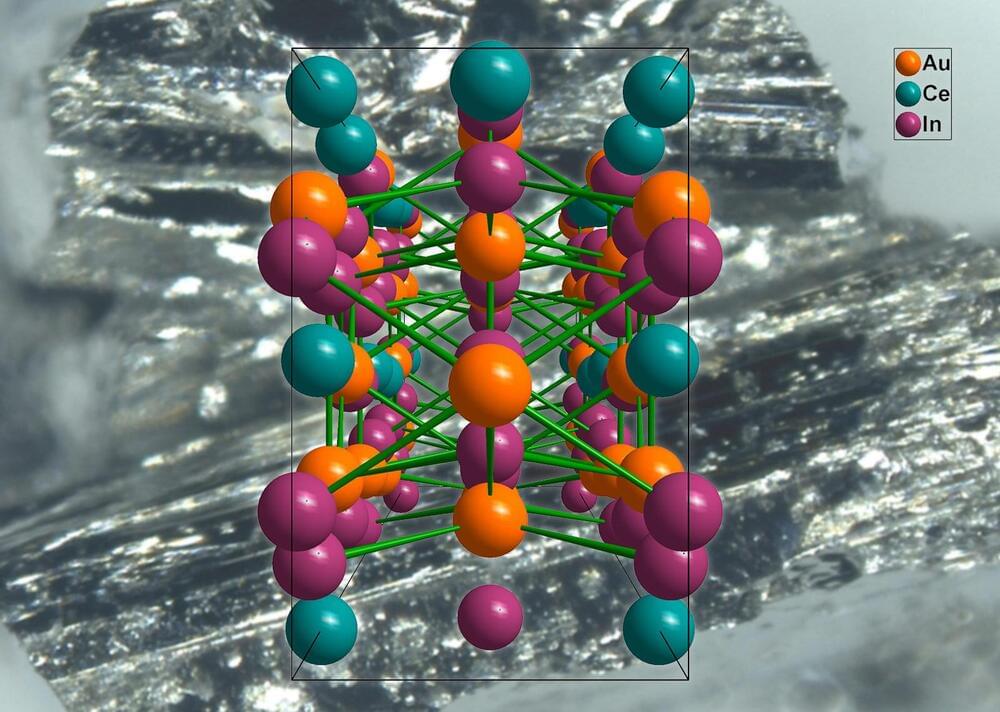Neutronium was the material used in the hull of the doomsday machine in Star Trek.
Now I’m not terribly sure what the mechanical properties of neutronium would be like. It certainly is very dense (about a billion tons per cm3, about the volume of the end of your little finger), but it interacts with matter only weakly. I would expect both it to be pretty inefficient at stopping both electromagnetic radiation (neutrons only have a magnetic moment), and matter.
However in reality there’s a somewhat bigger problem. When neutrons are outside of the nucleus of atoms, or are outside the huge pressure that exists in neutron stars, they have a half life of about 10 minutes. To make it even more awkward, when a neutron decays, it releases about a MeV of energy. So put a few extra numbers into this, like a mole of neutrons (6e23 neutrons) weighs about a gram, and a ton of TNT is 4e9 Joules and you can work out that just the neutrons in your typical human (about half your body weight), will release about the same energy as a megaton (one million tons of TNT). A little more scratching around on half life calculations and you can work out that if you have a half life of 10 minutes, then you will release about 1 part in 1,000 of its total energy in the very first second.
This means that if you could extra merely a ml of neutronium, and free it from that immense pressure, then it would release the same energy as 15 million Czar bombs (the largest man-made bomb ever) in the very first second.





